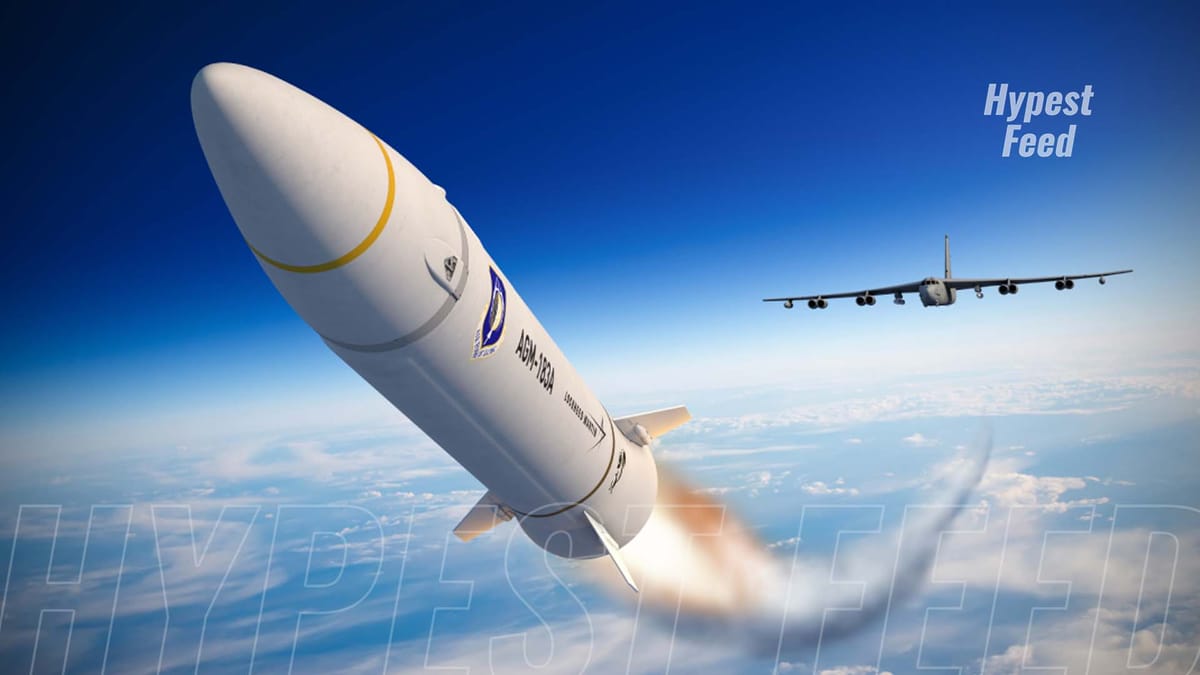The US Air Force recently conducted its first-ever test of a hypersonic cruise missile in the Pacific, sending a clear message to China about its continued competitiveness in the realm of advanced weaponry. On March 17, a B-52 bomber launched the full prototype operational hypersonic missile, known as the All-Up-Round AGM-183A Air-launched Rapid Response Weapon (ARRW), from Andersen Air Force Base in Guam.
The test took place at the Reagan Test Site on Kwajalein Atoll in the Marshall Islands, highlighting the US commitment to advancing its hypersonic capabilities. Hypersonic glide vehicles, such as the ARRW, travel at speeds exceeding Mach 5 and possess the ability to evade detection and interception while targeting high-value, time-sensitive land-based objectives. This demonstration underscores America's determination to maintain its technological edge amidst China and Russia's advancements in hypersonic weaponry.
North Korea recently announced its development of hypersonic weapons, with leader Kim Jong Un overseeing a test of a new engine for an intermediate-range hypersonic weapon. Meanwhile, in late February, speculation arose about a US hypersonic missile test in the Pacific, coinciding with the arrival of a B-52 carrying the weapon in Guam for training.
Analysts suggest the test aims to assert US strategic presence in the Pacific amid global challenges, particularly in response to China's advancements in hypersonic technology. While specifics of the test remain undisclosed, the Air Force emphasizes the acquisition of valuable insights for advancing hypersonic systems. Despite uncertainties surrounding the future of the ARRW model, recent developments suggest potential reconsideration, underscoring ongoing efforts to match pace with China and Russia in the hypersonic domain.



Member discussion: